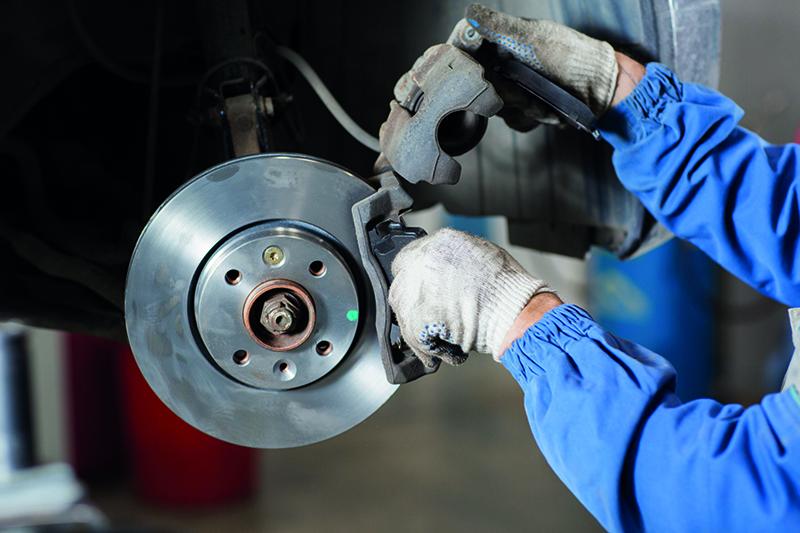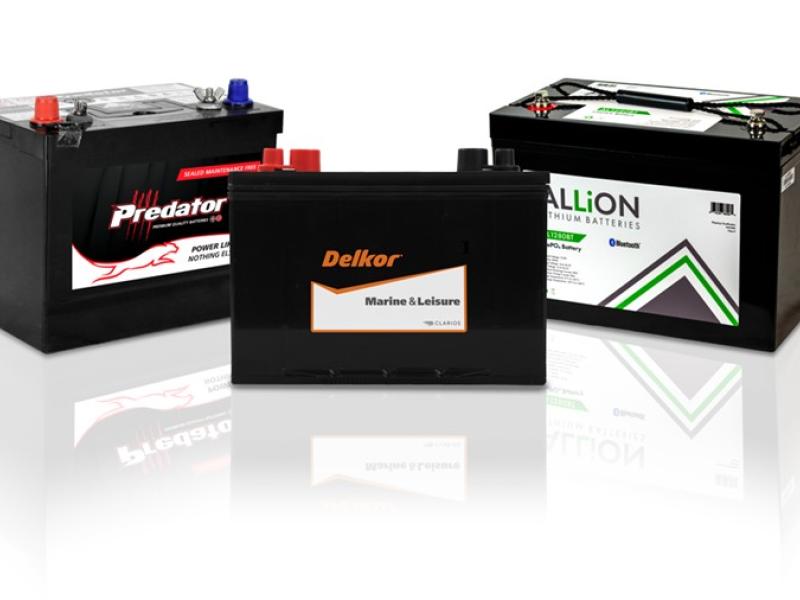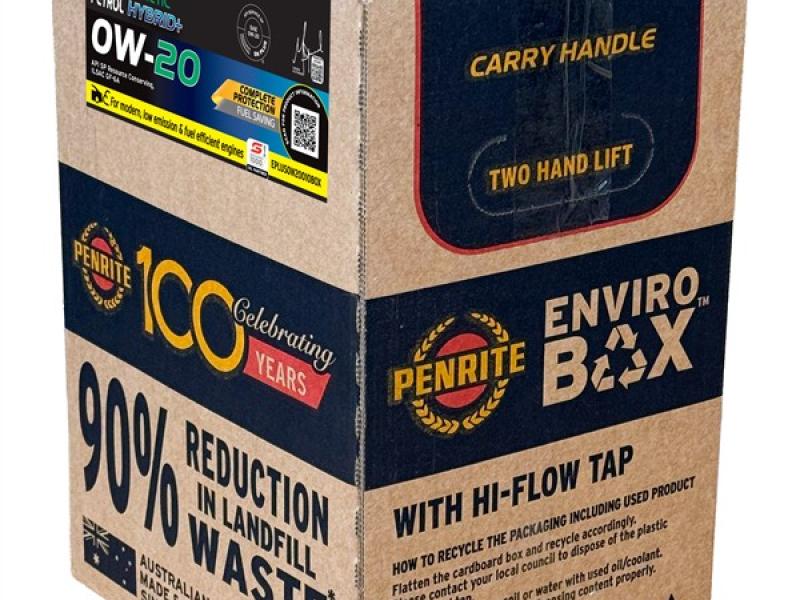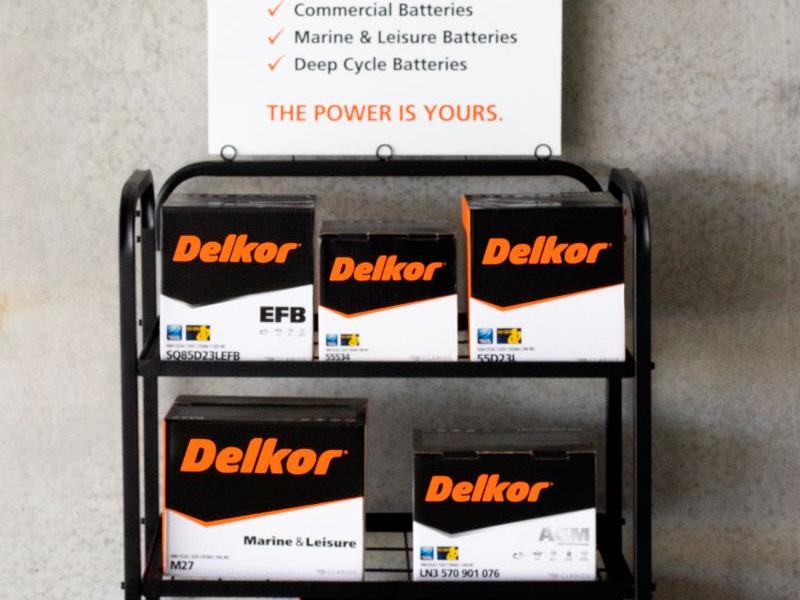Many vehicle owners who visit their mechanic or brake technician for brake maintenance are unlikely to have a detailed knowledge of brake pads – the type, style, composition and overall performance of the pads will likely come second to their primary concern: cost.
This cost focus can lead to some interesting questions being asked of their mechanic or brake specialist. Here are the most frequent consumer questions and misconceptions:
All brake pads are basically the same right?
At first glance, most brake pads are similar in general appearance but there are variations in shape to suit the many different vehicle brake calipers to which the pads are fitted.
Beneath the surface, the composition of the friction material will also vary to suit a variety of applications and driving styles – the following article provides more detailed information: https://www.bendix.com.au/bendix-news/not-all-pads-are-the-same-how-to-choose-the-right-brake-compound.
Factors including pad wear rate, noise, vibration and dust characteristics, fade resistance and other performance parameters will be affected by the type of pads chosen.
Why are some brake pads more expensive?
Along with delivering higher levels of performance, manufacturers of quality brake pads such as those produced by Bendix, are continually investing in research and development to constantly improve its product lines, while also regularly introducing new ranges to the market such as its EV-Hybrid Brake Pads.
Bendix also invests heavily in quality control, to ensure consistently high-performance levels for its customers. In Australia, Bendix operates a large, state-of-the-art production facility in Ballarat, Victoria and has gained an enviable reputation for manufacturing, marketing and distributing quality products with high levels of customer service.
Which are better, OEM or aftermarket pads?
This depends on the marque and model of the vehicle and the company that’s manufacturing the aftermarket disc brake pads. At a minimum, Bendix brake pads meet all OEM specifications and performance requirements, and in many cases exceed these standards. As a dedicated manufacturer of braking systems, Bendix is solely focused on braking and providing the highest performance possible – Bendix also offers different pad types to best suit driver requirements and application.
Will cheaper pads do for older vehicles?
Owners of older machines may be tempted to use cheap pads because they find it hard to justify the additional cost involved to maintain a lower value vehicle. If anything, owners of such vehicles should invest in quality brake pads, as they may deliver additional braking performance which may be lacking because of the vehicle’s age.
How do you ‘bed-in’ new brake pads?
Bendix brake pads don’t require bedding-in, but it’s a technique that involves a series of warm-up and then aggressive braking applications after the new pads are fitted. The process transfers a layer of brake pad compound to the surface of the disc brake rotor to assist braking.
The reason bedding-in isn’t needed with Bendix pads is their ‘Blue Titanium Stripe’ technology, which is designed to rapidly mate with the rotor when brakes are first applied. Full braking performance is achieved instantly,
eliminating the need to bed in, saving considerable time.
Should all braking components be renewed when fitting new pads?
Disc brake rotors will generally wear at a similar rate to brake pads, so may also require changing. The mechanic or braking technician will be able to advise at the time of inspection after examining their condition and thickness. In terms of braking accessories, Bendix provides all the relevant components with its brake pads to ensure easy and hassle-free fitment. Vehicle/model dependent, this can include shims, retention mechanism, pins and clips, and brake sensors. All of these items are received in the box of Bendix brake pads and should be replaced when installing the new pads.
Existing items such as brake hoses can be retained after inspection if they appear to be serviceable – most manufacturers don’t have set schedules for replacing brake hoses. Brake fluid should be changed as per the manufacturer’s schedule, normally at two years.
Visit our website www.bendix.com.au






